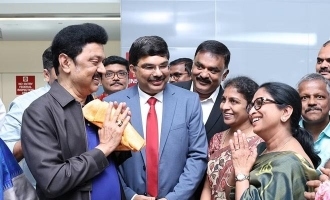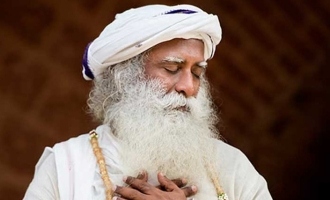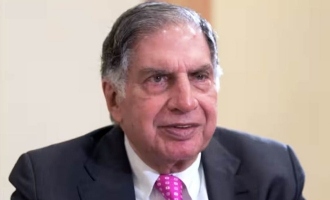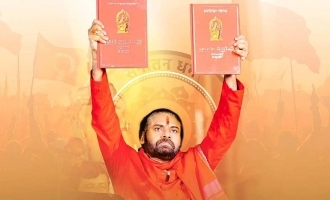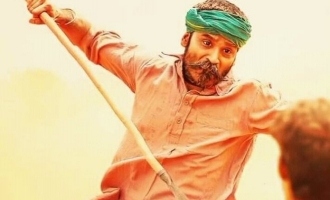How is Chandrayaan II different from Chandrayaan I?
Sunday, September 8, 2019 • Tamil

Listen to article
--:-- / --:--
1x

This is a beta feature and we would love to hear your feedback?
Send us your feedback to audioarticles@vaarta.com
Send us your feedback to audioarticles@vaarta.com


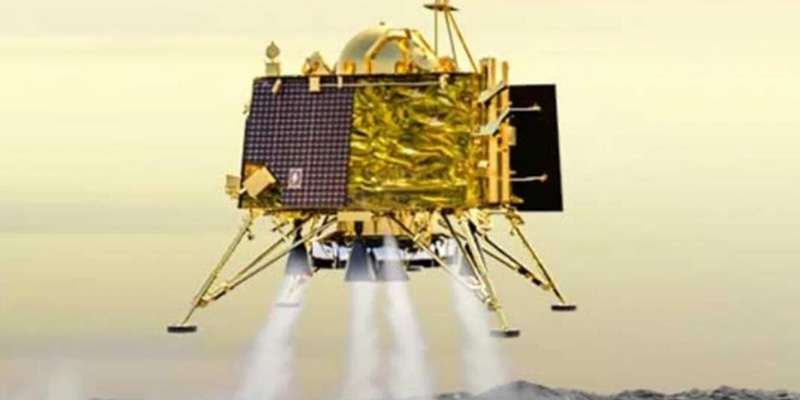
How is Chandrayaan II different from Chandrayaan I?
Like the Earth revolves around the sun, so does the moon revolves around the Earth. But the moon as we know and see it, has only one phase visible to Earth; this is because, moon's rotation is adjusted to be in sync with Earth's, so we end up seeing the only side of the silver queen of the night sky. Chandrayaan I was centered at getting to know the moon in general, while the upgraded version was intended to explore what is known as the shadow region of the moon; i.e. the south pole, or the region that is not directly visible to Earth.
Parts of the parcel
A satellite is anybody which revolves around a celestial body (planet/moon/comet) and is an orbiter(rotating body), by default. When a satellite lands and roams a celestial body, it has an additional part called lander. Every satellite is a congregation of many smaller functional units called subsystems. Each subsystem has a specific set of functions to perform; for example, one may click photos, others would collect temperature data, another would study the terrain, and so on.
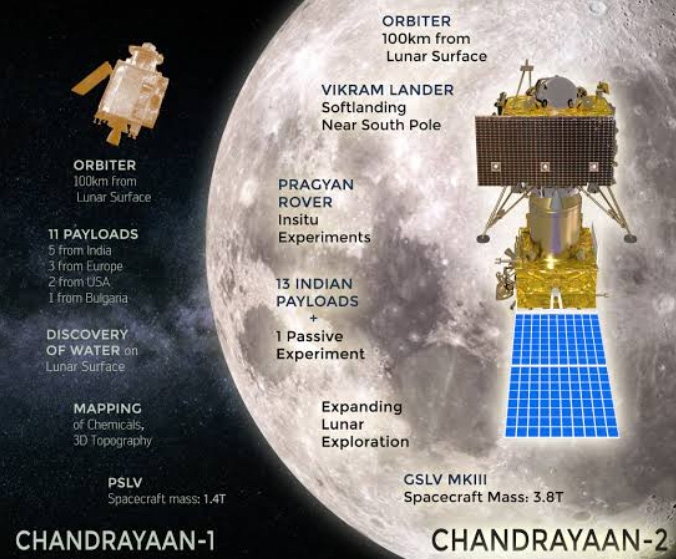
What if Vikram didn't crash?
Lander for Chandrayaan 2 is named Vikram, whose only job was to accept the speed limits set as and when by the ground station, and move accordingly. At about 2 kilometers just before landing on the moon's surface, Vikram could not be reached. With the effect, its speed couldn't be controlled and it ended in crashing on to the surface of the moon. Vikram carried a handful of subsystems on its shoulders, which we seem to have lost, unfortunately.
The good news
Orbiter part of the satellite, however, is still intact and going around the moon in circles. So while ISRO couldn't walk the entire mile in understanding the nuances of moon's south pole, we are still in good progress, based on the information that the orbiter will collect for us, including spectacular pictures.
Follow us on Google News and stay updated with the latest!
Comments
Welcome to IndiaGlitz comments! Please keep conversations courteous and relevant to the topic. To ensure productive and respectful discussions, you may see comments from our Community Managers, marked with an "IndiaGlitz Staff" label. For more details, refer to our community guidelines.
- logoutLogout
Login to post comment





 Follow
Follow


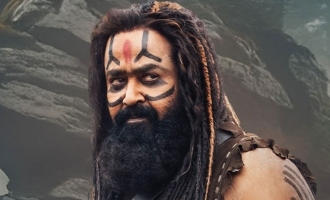








-a3e.jpg)
-3c4.jpg)
-e5c.jpg)
-e66.jpg)
-71b.jpg)
-5d5.jpg)
-adc.jpg)
-798.jpg)
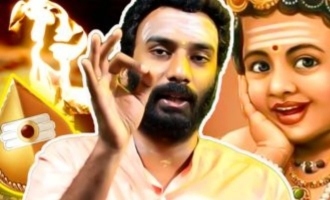
-7c2.jpg)




